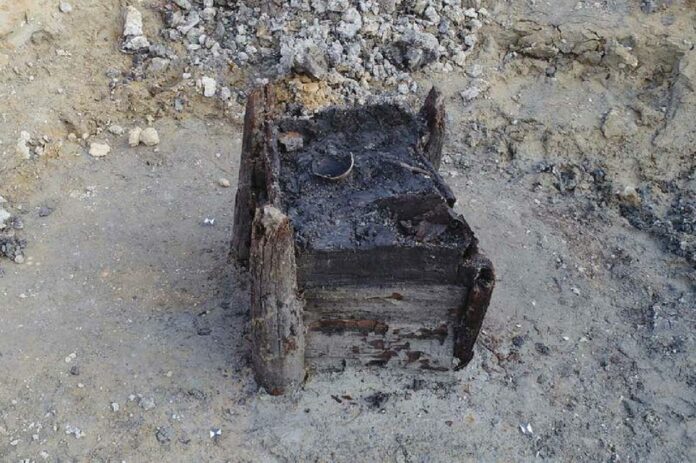In a groundbreaking archaeological discovery, researchers have unearthed a 7,000-year-old Neolithic well in eastern Europe, which they believe to be the oldest wooden structure ever discovered. This remarkable find not only sheds light on the advanced technical skills of Neolithic people but also provides valuable insights into early human civilization. The well, which was constructed around 5256 B.C., offers a glimpse into the ingenuity and craftsmanship of our ancestors.
A 7,000-Year-Old Neolithic Well: A Window into the Past
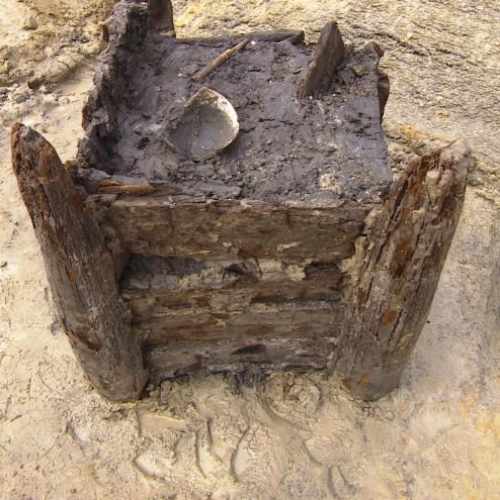
The well, which was built using oak by farmers in the region, has been dated to approximately 5256 B.C. Researchers were able to determine its age through dendrochronology, a scientific method that involves analyzing tree rings in the wood. This method allowed them to pinpoint the well’s origin with remarkable accuracy, making it the oldest dendrochronologically dated wooden structure in the world.
The Preservation and Challenges of the Ancient Structure
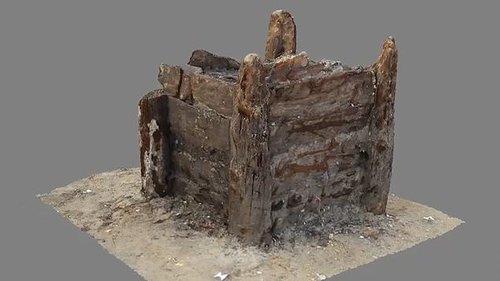
The well’s preservation is a testament to the unique conditions under which it was found. For centuries, the well remained submerged underwater, which helped to protect it from decay. However, this preservation presents its own set of challenges. As Karol Bayer from the University of Pardubice’s Department of Restoration explains, “The well was only preserved because it had been underwater for centuries. Now we cannot let it dry out, or the well would be destroyed.”
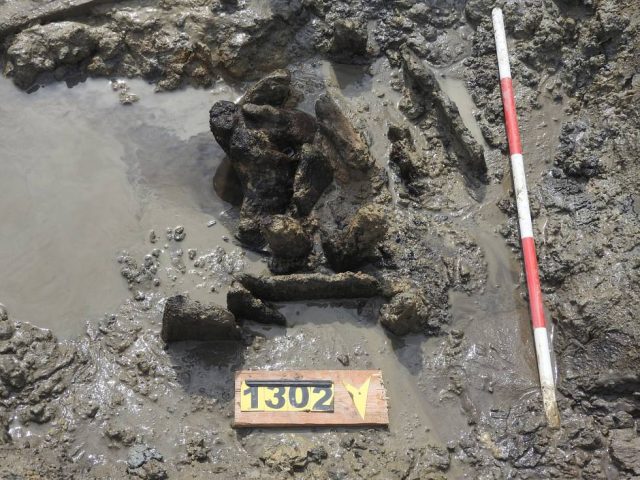
To address this challenge, researchers are developing a specialized process to dry the wood and preserve it without causing deformation. This involves using sugar to reinforce the wood’s cellular structure, ensuring that the ancient well can be studied and appreciated for generations to come.
Advanced Carpentry Skills of Neolithic People
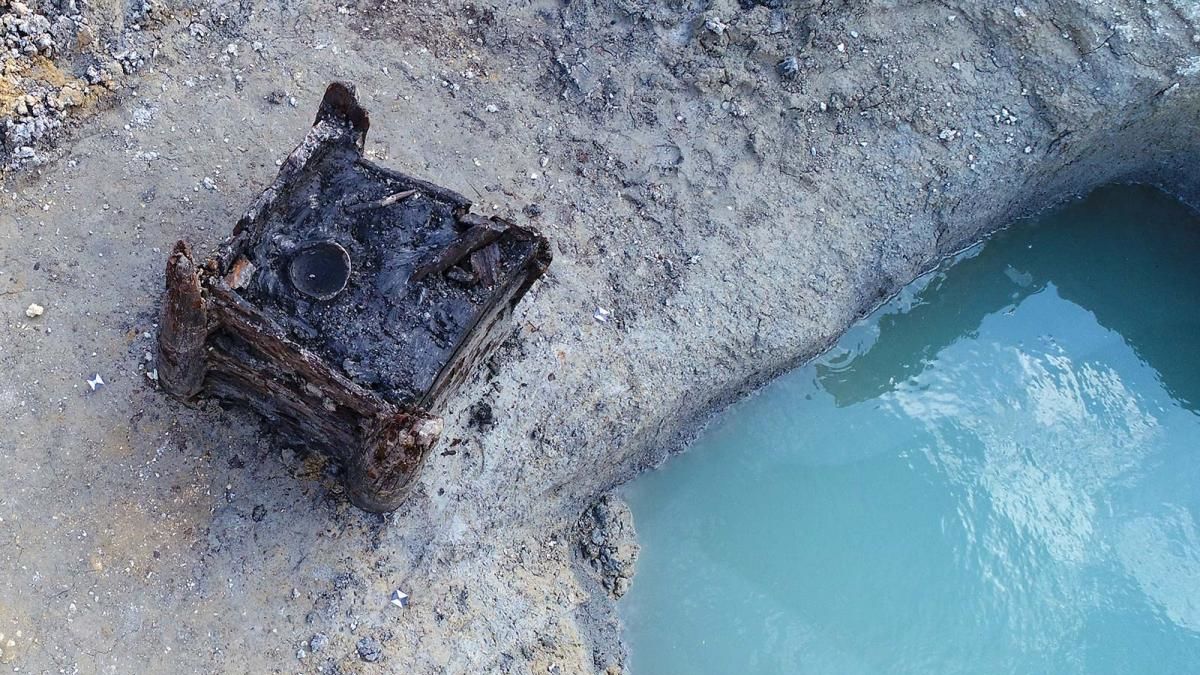
One of the most intriguing aspects of this discovery is the advanced carpentry skills demonstrated by the Neolithic people who built the well. The well’s construction features grooved corner posts with inserted planks, a design that showcases a level of technical knowledge that researchers did not previously associate with this time period. The corner posts were made from trunks that had been felled in the autumn or winter of 5259 B.C. or early 5258 B.C., indicating a precise understanding of the materials they were working with.
Experts believe that the builders were able to process the surface of felled trunks with incredible precision, despite having only stone, bone, horn, or wooden tools at their disposal. “The shape of the individual structural elements and tool marks preserved on their surface confirm sophisticated carpentry skills,” the researchers noted in their publication in the Journal of Archaeological Science.
A Unique Find in the Czech Republic
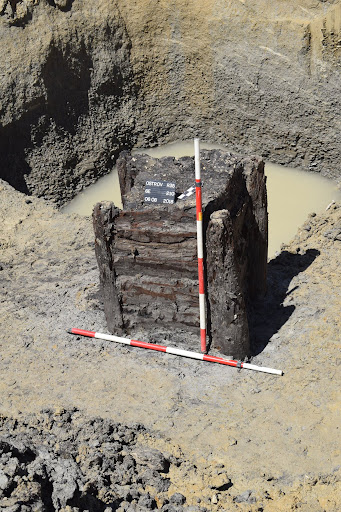
The well, which measures 140 cm (56 inches) in height and has an 80 by 80 cm (32 by 32 inches) square base, was discovered during the construction of the D35 motorway near Ostrov, Czech Republic. This is the third well from the early Neolithic period that has been found in the Czech Republic in the past four years, highlighting the region’s rich archaeological heritage.
Conclusion
The discovery of the 7,000-year-old Neolithic well in eastern Europe is a remarkable achievement in the field of archaeology. As the oldest wooden structure ever found, it offers an unparalleled glimpse into the technical skills and craftsmanship of Neolithic people. The well’s preservation and the challenges associated with maintaining its integrity underscore the importance of careful conservation in archaeological research. As we continue to uncover more about our ancient past, this well stands as a testament to the ingenuity and resilience of our ancestors.
